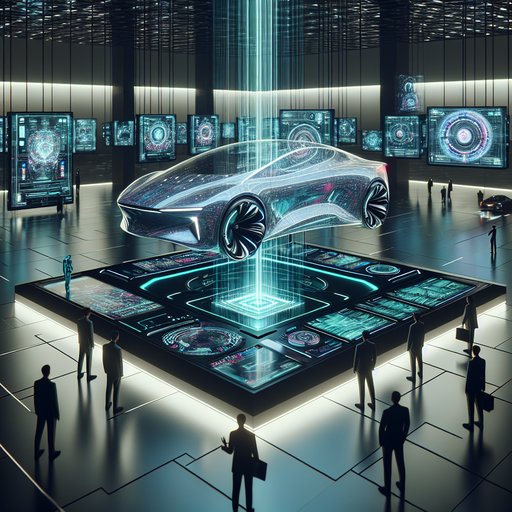
The hypercar surge gathered pace this year as fresh factory programs and privateer efforts swelled the WEC and IMSA grids, reshaping the balance at the front. Lamborghini, Alpine, BMW, and Isotta Fraschini joined the fight across 2024, while Aston Martin finalised a 2025 return with the Valkyrie. The influx arrived alongside key customer expansions for Porsche and a refined Peugeot, setting a deeper competitive baseline. With Ferrari successfully defending Le Mans in June and Porsche opening the WEC campaign with a Qatar win, the stage is set for an even more crowded top class through next season.

Modern single-seater racing is built around a clearly signposted ladder: FIA Formula 4 at the base, then Regional or FIA Formula 3, on to FIA Formula 2, and finally Formula 1. Over the past few seasons this pathway has tightened, with defined technical rules, super licence points, and shared race weekends aligning driver development with F1’s professional standards. In 2024 alone, the new F2 car debuted, FIA F3 crowned Luke Browning as champion, and drivers like Oliver Bearman and Andrea Kimi Antonelli illustrated how results, academy backing, and opportunity combine to accelerate progress. Understanding how young drivers move between these rungs explains not just who arrives in F1, but why they are equipped to stay there.

As 2025 model-year cars roll into showrooms, crash-avoidance, sensing, and driver-monitoring systems are being shaped as much by designers and curators as by engineers. Museums and design-led institutions are helping audiences understand how vehicles now anticipate hazards, see in poor light, and watch for driver fatigue—turning safety into an experience people can learn and trust. The result is a clearer public conversation about what’s in the car, what data it uses, and how interfaces guide behavior, even as regulators tighten standards and automakers push over-the-air updates.

Gasoline retail matured over a century around high-throughput pumps and simple, redundant equipment. Public EV charging is compressing that buildout into a decade, with tighter power, software, and land-use constraints. Comparing the two reveals why EV sites look and perform differently: uptime is defined by networked electronics as much as hardware, charging speeds are capped by vehicle acceptance and taper, multi‑megawatt grid connections are non-trivial, and dwell times reshape real estate. Recent policy—NEVI’s 97% uptime rule, state reporting, and SAE J3400 (NACS) adoption—shows reliability and interoperability becoming central as DC fast charging moves from pilot to utility-grade service.